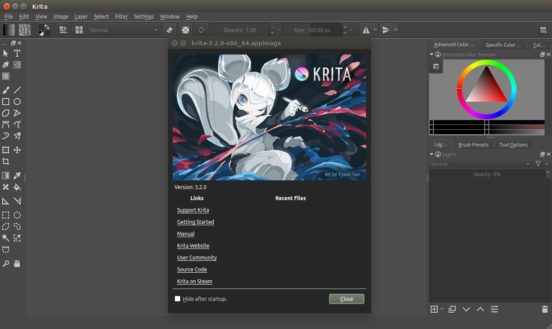

With HDR, screens can realistically depict sources of light. This color space offers a significantly richer gamut of colors, notably with many more variations of greens and reds. This extra capacity for storing information allows HDR displays to go beyond the basic sRGB color space used previously and display the colors of Recommendation ITU-R BT.2020 (Rec. Encoding was limited to a depth of 8 bits some laptop screens only handled 6 bits per pixel.īy comparison, HDR standards typically define 10 bits per pixel, with some rising to 16. Possibilities of storing color, contrast, or other information about each pixel were limited.

A Revolution in the Display of Color and Brightnessīefore the arrival of HDR, displays were calibrated to comply with the D65 standard of whiteness, corresponding to average midday light in Western and Northern Europe. This white paper gives a high-level description of the development process to equip Krita with HDR. Krita and Intel engineers have also worked together to enhance Krita performance through Intel ® multithreading technology, while Intel’s built-in support of HDR provides further acceleration. The pioneering approach of the Krita team can be leveraged by developers to add HDR to other applications.

With HDR, Krita now opens the door for professionals and amateurs to a vastly extended range of colors and luminance. With more than two million downloads per year, the program enables users to create and manipulate illustrations, concept art, comics, matte paintings, game art, and more. Krita*, a leading open source application for artists, has become one of the first digital painting software to achieve true high dynamic range (HDR) capability.


 0 kommentar(er)
0 kommentar(er)
